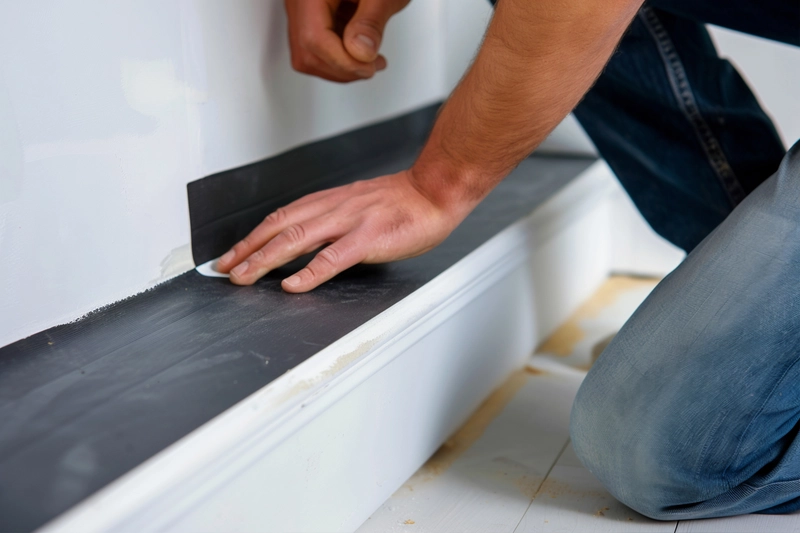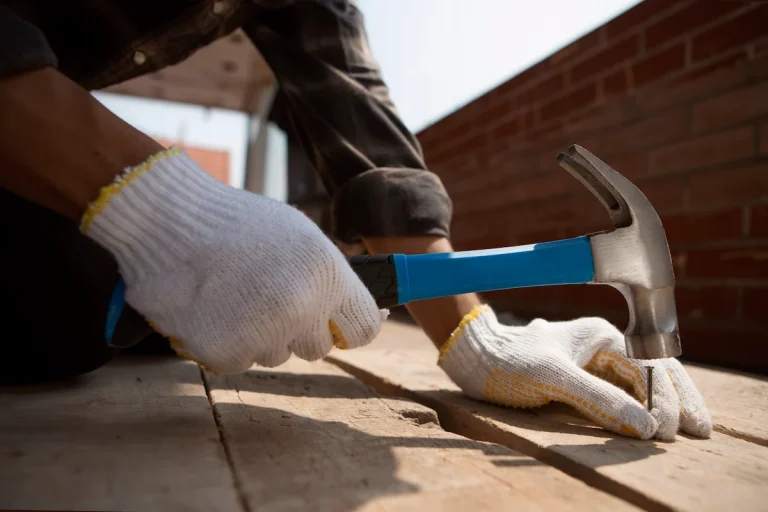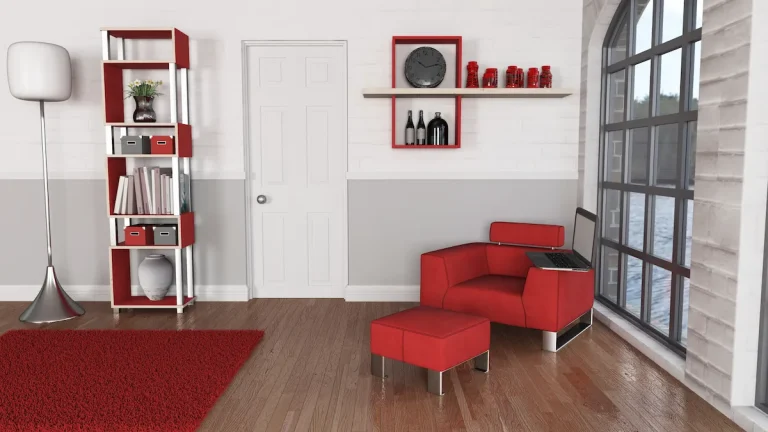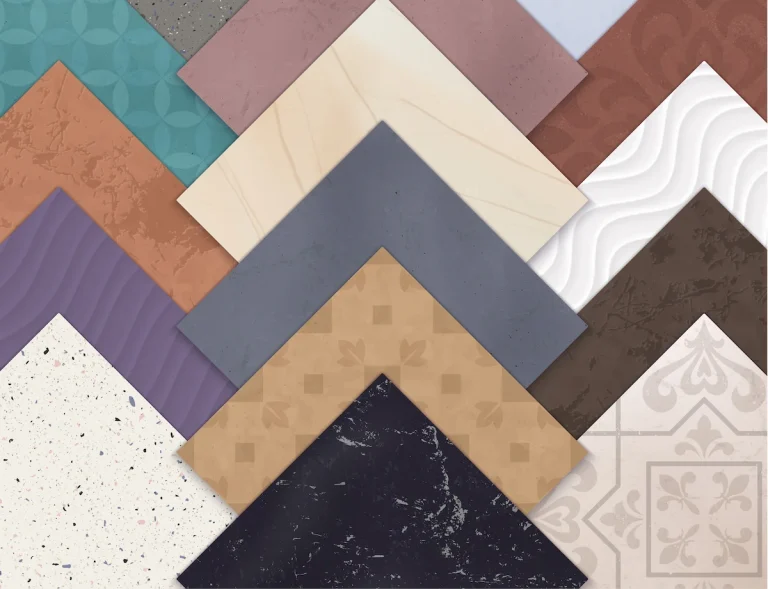Are you wondering how to repair swollen laminate flooring without replacing it? Sure, this article will guide you through the signs of water damage on laminate flooring, steps to repair swollen laminate flooring, alternatives to repairing it, and tips on how to prevent future damage.
Whether you choose to DIY or hire a professional, we’ve got you covered with all the information you need to restore your laminate flooring to its former glory.
Causes of Swollen Laminate Flooring
Swollen laminate flooring is often a result of excess moisture, and understanding the causes behind this issue is essential for effective repair and prevention. Factors such as high humidity levels, improper installation, and exposure to water can all contribute to the swelling of laminate planks.
Can You Fix Swollen Laminate Flooring?
Repairing swollen laminate flooring is possible, and it can often be addressed using DIY solutions without the need for full replacement.
One common DIY solution for repairing swollen laminate flooring is to carefully remove the affected planks, dry them thoroughly, and then reinstall them once they have returned to their original size. It is essential to identify the root cause of the swelling, which is often moisture-related.
In cases where the swelling is due to small spills or minor water damage, quick action can prevent further damage. Using a dehumidifier in the room can help speed up the drying process and reduce the risk of long-term damage.
The Signs of Water Damage on Laminate Flooring
Signs of water damage on laminate flooring include visible bubbles, swelling, and discolouration in the affected areas.
These indicators not only give a visual cue of the damage but also serve as key clues regarding the severity of the situation. Bubbles and swelling suggest that water has seeped into the layers beneath the surface. The presence of discolouration can signify prolonged exposure to moisture, potentially leading to structural issues. By paying attention to these signs, homeowners can assess the extent of the water damage and take prompt action to mitigate further harm.
How To Repair Swollen Laminate Flooring Without Replacing
First, identify the source of the moisture causing the swelling. This could be from a spill, high humidity, or a leak. It’s crucial to address the moisture problem to prevent future damage. Once the source is identified and resolved, you can begin repairing the flooring.
Remove any baseboards or moulding around the affected area to give the laminate room to expand and contract. Next, use a moisture metre to check the humidity levels and ensure the area is dry. If necessary, use fans or a dehumidifier to speed up the drying process. Allow the floor to dry completely before proceeding.
Once the floor is dry, you may notice the swollen areas have diminished somewhat. To address any remaining swelling, use a heavy object, like a stack of books or weights, to press down on the affected areas. Leave the weights in place for several days to help flatten the laminate. If the floor is still uneven, you might need to use a laminate roller or a flooring jack to level the planks.
If these methods don’t fully resolve the issue, you may need to replace individual planks. Carefully remove the damaged planks by lifting them at the edges and sliding them out. Replace them with new planks, ensuring they match the existing flooring in colour and pattern. To avoid future swelling, leave an expansion gap between the flooring and the wall when reinstalling the planks.
Finally, reinstall the baseboards or moulding, ensuring they are properly secured but not too tight against the laminate. This allows the flooring to expand and contract naturally without causing future swelling.
By addressing the moisture source and carefully drying and flattening the affected areas, you can repair swollen laminate flooring without the need for a full replacement. This not only saves you time and money but also helps maintain the beauty and functionality of your flooring.
The Alternatives To Repairing Swollen Laminate Flooring
If repairing swollen laminate flooring isn’t viable, there are several alternatives to consider, such as using a laminate floor repair kit, sanding and refinishing the floor, or hiring a professional.
a. Use A Laminate Floor Repair Kit
A laminate floor repair kit can be an effective DIY solution for minor damage, providing tools and materials to fix small areas of swelling.
Typically, a laminate floor repair kit includes items such as putty or wax filler, a melting tool to mould the filler, a cleaning solution, sandpaper for smoothing out the repaired area, and sometimes colour-matching markers for a seamless finish.
To use the repair kit effectively, start by cleaning the damaged area thoroughly to remove any dirt or debris. Next, apply the filler to the damaged spot, following the manufacturer’s instructions for heating and shaping it. Once the filler has set, sand it down gently to create a level surface, and finally, use the colour marker for blending in the repair with the rest of the flooring.
With proper application, a laminate floor repair kit can restore the appearance and function of your flooring without the need for professional assistance.
b. Sand And Refinish The Floor
Sanding and refinishing the laminate floor is another alternative that can restore the appearance of the flooring by removing the damaged top layer.
One of the essential tools needed for this process is a floor sander, which helps smooth out imperfections and prep the surface for refinishing. A drum sander can be used for larger areas to speed up the sanding process.
After sanding, it’s crucial to thoroughly clean the floor to remove any dust and debris. Once the surface is clean and dry, applying a high-quality floor finish is the next step. This finish will not only protect the floor but also give it a fresh, polished look.
c. Hire A Professional
Hiring a professional can ensure that the repair or replacement of swollen laminate flooring is done correctly and efficiently.
Professionals have the expertise to assess the extent of damage and recommend the most effective solution, saving you time and effort. They also have access to specialised tools and materials needed for the job, ensuring a high-quality finish and long-lasting results.
When selecting a reputable contractor for your laminate flooring needs, consider their experience in handling similar projects, customer reviews, and certifications. Request a detailed quote that outlines the scope of work, timeline, and costs involved to make an informed decision.
How To Prevent Swollen Laminate Flooring
Preventing swollen laminate flooring involves managing moisture levels, promptly cleaning up spills, using a dehumidifier, and avoiding excessive water usage on the floor.
a. Clean Up Spills Immediately
Cleaning up spills immediately is crucial to prevent moisture from seeping into the laminate flooring and causing swelling.
Failure to address spills promptly can not only damage the aesthetic appeal of your flooring but also compromise its structural integrity. Whether it’s a simple water spill or a more severe instance involving chemicals or oil, tackling the issue swiftly is key.
For water spills, start by blotting the area with a clean cloth to absorb excess liquid, then use a damp cloth to wipe the remaining moisture.
When dealing with oil spills, sprinkle absorbent material like baking soda or cornstarch to soak up the oil before cleaning.
When handling chemical spills, it’s crucial to refer to the product’s instructions for proper cleanup methods to avoid harmful reactions.
Remember, the longer a spill sits on your laminate flooring, the higher the chance of permanent damage. So, keeping cleaning supplies handy and being proactive can help you maintain your flooring’s pristine condition for years to come.
b. Use A Dehumidifier
Using a dehumidifier can help maintain optimal humidity levels in your home, reducing the risk of swelling in laminate flooring.
Dehumidifiers work by drawing in moist air, and passing it over coils to condense the water vapour, which is then collected in a reservoir. This process effectively removes excess moisture from the air, preventing mould growth and musty odours.
Choosing the right dehumidifier for your space is essential. Consider the size of the area you want to dehumidify and the humidity levels in the region. Opt for a unit with the appropriate capacity, such as a smaller, portable dehumidifier for a single room or a larger, whole-house unit for comprehensive coverage.
c. Avoid Excessive Water Usage On Laminate Flooring
Avoiding excessive water usage on laminate flooring is essential to prevent moisture-related damage and maintain the floor’s integrity.
Instead of traditional mopping, which can oversaturate laminate floors, consider using a microfibre mop dampened with a gentle cleaning solution. This method allows for effective cleaning without risking water damage. Additionally, spot-cleaning spills promptly with a slightly dampened cloth can prevent moisture from seeping into the seams of the laminate planks.

See product: Elka 12mm Sunrise Oak
In conclusion, while repairing swollen flooring isn’t an option, choosing high-quality laminate from TEKA Flooring ensures you achieve the beautiful, durable, and easy-to-maintain floors you desire. Make the smart choice for your home and let TEKA Flooring elevate your living spaces with their exceptional products.
Read also:

































